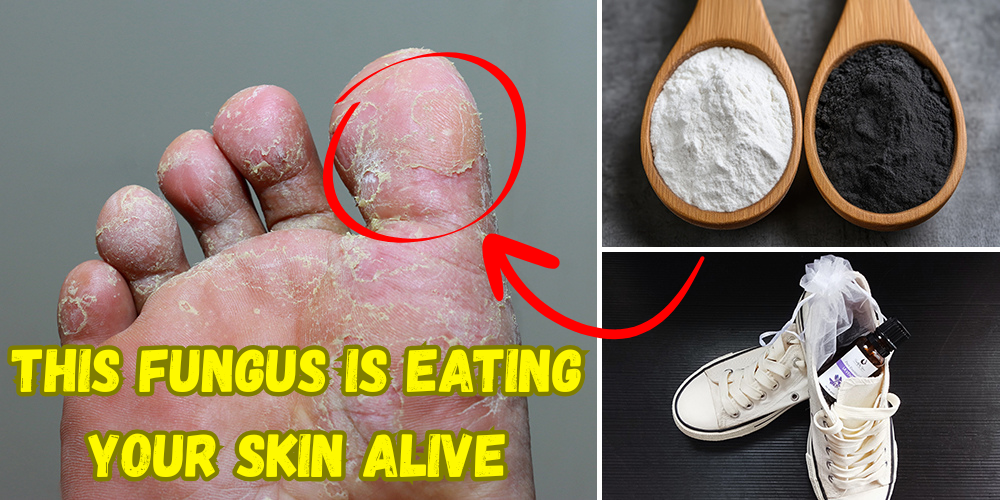
Fungal Infection? Put This in Your Shoes
Walking barefoot around pools increases one’s risk of injury from slipping. Wet places like these are also breeding grounds for pathogens that may cause infections such as athlete’s foot.
Athlete’s foot is the most common and contagious infection that can happen to anyone at any age.
While easily transmissible, fungal infection is also the easiest to treat using strong antifungal solutions like lavender and tea tree oils.
Managing Foot Infection
Athlete’s foot, or tinea pedis, is a foot infection caused by dermatophytes. These fungi grow in moist places and cause skin infections through direct contact. The fungi then thrive on the foot, usually between the toes. It causes itching, redness, cracking, and blistering.
Avoid going barefoot in public places and keep your feet clean and dry to prevent athlete’s foot. Never share personal items like towels, socks, and shoes to avert fungal contamination. Make sure to replace these items regularly, especially after contracting any foot infection.
Also, be careful when buying thrifted and second-hand footwear. Ensure that shoes are clean, properly disinfected, and dried to avoid health risks associated with contaminated shoes.
At home, keep shoes dry and well-ventilated to prevent fungi from thriving in them. White vinegar is traditionally used to disinfect shoes. UV shoe sanitizers – devices that use ultraviolet light to curb fungal growth – are also becoming a popular solution.
If you are infected with athlete’s foot, there is no need to worry. The infection is rarely serious and may be managed by antifungal creams and powders.
The worst cases, which may involve oozing sores and secondary infection that does not improve with home remedies, may require prescription medication. The duration of treatment depends on the immune resistance and the fungi’s resistance to the treatment. Thus, some infections may last longer than others.
Most people have no idea they’re using remedies that make things worse.
They spot-treat the itch… but ignore the gut issue causing it.
They clean the skin… but miss the blood sugar or hormone imbalance underneath.
It’s no wonder the infection keeps coming back.
That’s why I follow a wellness guide built on 45 step-by-step protocols — for fungal overgrowth, candida, leaky gut, thyroid crashes, inflammation, even skin and memory issues.
It’s the only thing that showed me how to treat the cause, not just the symptoms.
👉 Click here to find out what’s actually been keeping you stuck.
Home Remedy for Foot Fungal Infection
Athlete’s foot can be treated with antifungal sprays, creams, and ointments. However, some antifungal creams may cause an allergic reaction.
Home remedies are great natural alternatives for mild fungal infections. They are as effective as prescription medicine but do not necessarily require a doctor’s visit.
Some essential oils may be used as a substitute disinfectant spray to prevent fungal growth.
Lavender
Lavender (Lavandula angustifolia) has strong antibacterial and antifungal actions. It prevents infection and possible reinfection of athlete’s foot. Putting dried lavender flowers or adding a few drops of lavender essential oil in shoes is effective against fungal infections.
Lavender also reduces the musky odor in shoes by giving them a refreshing scent.
You’ve seen it before — those sprays and powders that proudly shout “Lavender” on the label.
They promise soothing, fresh-smelling relief. But flip the bottle around… and it’s a different story.
Most of them are nothing but fake fragrance, lab-made colorants, and drying alcohols that leave your skin worse than before.
But here’s the truth: real lavender works.
It’s antifungal, antimicrobial, and smells heavenly for a reason — when it’s real.
That’s why I started growing my own.
Lavender seeds are dirt-cheap, and they grow like a dream in pots, balconies, even sunny windowsills. With one thriving plant, you can:
- Crush the buds and sprinkle them into foot sachets
- Brew a natural rinse for athlete’s foot
- Mix your own anti-odor spray (with real antifungal power)
This week, I ordered my lavender seeds from here to expand my healing garden, because I’m done trusting labels.
👉 Click here to grab your lavender seeds before the spring supply runs out.
Why settle for fake lavender when the real one grows in your hands — and actually heals?
Tea Tree Oil
Tea tree oil is an effective deodorizer and antifungal oil when applied inside the shoes. Tea tree (Melaleuca alternifolia) masks the strong, sour, and pungent smell in shoes by inhibiting the growth of bacteria and fungi that cause it.
A dilution of tea tree and rubbing alcohol may be sprayed on shoes, which helps dry sweat and moisture quickly. You may also add a few drops into a napkin and stuff it inside the shoe to kill odor-causing bacteria and fungi.
Garlic
Despite its pungent smell, garlic (Allium sativum) is a natural antifungal spice effective in disinfecting boots and sneakers. Place a few garlic cloves into the shoes to fight off the athlete’s foot and other related issues.
Crushing the garlic before placing it in the shoes activates its volatile compounds. It creates an environment that is non-conducive for pathogens to thrive. Do not place the garlic directly on top of the infected skin as its diallyl disulfide compound can irritate and burn.
Neem Oil
Neem oil may have a strong and distinct smell, but it is also effective in combating shoe odor and preventing fungal growth. Neem is widely used to treat skin infections and prevent re-infection. This can be used as a foot soak to ease athlete’s foot.
If you want to use neem oil in shoes, dilute it in a carrier oil or rubbing alcohol and use it as a spray. Provide adequate ventilation and use it in small amounts to ease the overpowering smell.
Usnea
Usnea, a natural remedy often called “old man’s beard,” can help you take control. Packed with a powerful antifungal compound called usnic acid, usnea works by breaking down fungal cell walls, stopping their growth, and supporting your immune system to fight back. Whether it’s a topical skin issue or a systemic fungal infection, a usnea tincture is a must-have in your arsenal.
If you want to harvest usnea yourself, make sure to do it responsibly to protect this slow-growing lichen. Look for usnea on fallen branches after storms rather than pulling it from living trees to avoid harming the environment.
Always check for its stretchy white core to correctly identify it and avoid confusing it with similar lichens. Since usnea absorbs toxins from its surroundings, only gather it from clean, unpolluted areas to ensure it’s safe and effective.
Once you’ve collected your usnea, dry it thoroughly before using it. To make a tincture, use high-proof alcohol to extract its active compounds most effectively.
If you want to skip this long and time-consuming process and you’d rather get a ready-made spray, this is the only trusted source I recommend sourcing it from. After many unsatisfying attempts from multiple suppliers, I finally found the best apothecary here.
Why wait for the problem to worsen when you can tackle it head-on with a proven natural solution? Don’t let a simple infection turn into a bigger issue—Usnea has your back.
Baking Soda
Baking soda is the most accessible home remedy for fungal infections and shoe deodorization. Its alkaline nature creates an unconducive environment for bacterial and fungal growth.
To use this cost-effective natural solution, simply sprinkle baking soda inside the shoe and leave it overnight. Vacuum the shoe in the morning and remove all residue. Repeat the process multiple times a week.
Alum
Alum is a naturally occurring mineral salt traditionally used as a deodorizer and an athlete’s foot remedy. Potassium alum serves as an antiperspirant deodorant because it has drying, antiseptic, and astringent properties.
Dissolved alum stones and powders effectively dry the shoe surface and prevent the growth of fungi and bacteria. Anecdotal evidence shows its effectiveness against dermatophytes and Candida albicans, although more research is needed to prove its efficacy.
Activated Charcoal
Activated charcoal is a porous substance often used medically to trap toxins and chemicals to prevent absorption in the body. It is also becoming more popular as a deodorizer and antifungal agent.
Leaving activated charcoal in shoes prevents the overgrowth of fungi and bacteria. It helps absorb moisture in the boots and neutralizes the musty smell. Regular charcoal may be used instead of activated charcoal, but the latter is more effective in absorbing odor.
What Google Can’t Teach You About Remedies
Most people think they can just Google a natural remedy and call it a day. But here’s the brutal truth: 90% of what you find online is incomplete, watered down, or flat-out wrong.
That’s how you end up wasting herbs, guessing at doses, and trying “remedies” that don’t work, while your health problems quietly get worse in the background.
The Forgotten Home Apothecary changes that.
It’s not just recipes — it’s training. You’ll learn exactly how to extract the full healing power from your herbs… how to preserve it… and how to match each remedy with the right symptoms at the right time.
No fluff. No guesswork. Just real, proven, time-tested herbal medicine — from someone who’s lived it.
You’ll discover:
🌱 Recipes you won’t find online — for rashes, gut problems, liver repair, hormone crashes, inflammation, sleep, skin, lungs, and more
🧪 Real herbal techniques, from triple extractions to proper fermentation and oil infusion
🌿 Remedies designed for real people — busy moms, elders, beginners — no lab, no fancy tools needed
This is how you finally stop relying on Google… and start relying on yourself.
👉 Click here to turn your kitchen into a working home apothecary.
Because the world isn’t getting safer. And when the shelves are empty, this book might be your last real backup.
🧠 Killing the Fungus Is Easy. Keeping It From Coming Back? That’s Where Everyone Fails.
Let’s face it — sprinkling baking soda in your shoes won’t fix the reason you got the infection in the first place.
If you don’t know how to identify fungal triggers, support your skin from the inside out, or make real antifungal remedies from scratch… the cycle never ends.
That’s exactly why I joined The Lost Remedies Academy.
Inside, Dr. Nicole Apelian teaches you how to fight issues like this from all angles:
- How to correctly ID antifungal plants and mushrooms growing near you
- How to make your own tinctures, sprays, salves, foot soaks, and detox remedies
- How to stop using chemical-filled personal care products that trigger flare-ups
- And how to craft remedies that are potent, safe, and time-tested — not TikTok trends that backfire
You don’t just watch. You do.
From day one, Nicole walks you through every step, just like an old family herbalist would — with practical, hands-on teaching.
And yes… the recipe below? It’s actually inspired by what I learned inside the Academy.
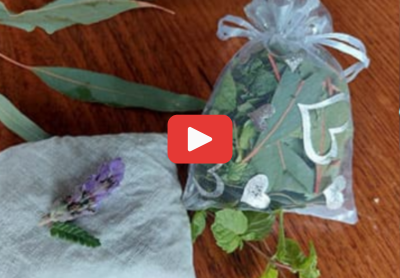 You’ll find dozens of other powerful sachets there too — like the lavender sleep satchel shown in the image below, which helps you fall asleep faster, sleep deeper, and wake up truly refreshed.
You’ll find dozens of other powerful sachets there too — like the lavender sleep satchel shown in the image below, which helps you fall asleep faster, sleep deeper, and wake up truly refreshed.
You can finish the Academy in a weekend… or take your time. You even get a certificate when you’re done. But the best part?
You’ll never Google another “remedy” again.
👉 Click here to join The Lost Remedies Academy — and start treating your health the right way.
DIY Antifungal and Anti-Odor Shoe Sachet
Freshen up musty shoes and ease fungal infection with this easy-to-make shoe sachet. Baking soda is the key ingredient, along with the added boost of activated charcoal for sweat and moisture absorption.
Dried lavender adds a pleasant scent and powers up its antifungal and antimicrobial effects. Lavender essential oil masks the shoe odor and gives it a fresh aroma you will love. Alternatively, you can add tea tree essential oil to enhance the antifungal properties of the shoe sachet.
If you don’t have activated charcoal, a regular charcoal brick is fine. Just crush it into powder and add it to the mixture.
What you will need
- Old socks or stockings (you may also use a tea bag or coffee filter)
- Container for mixing
- Spoon
- A mesh bag to hold the shoe sachet (optional)
Ingredients
- ½ tbsp baking soda
- ½ tbsp dried lavender buds
- ½ tbsp activated charcoal (or one small regular charcoal brick, chopped)
- 10 drops lavender essential oil

Steps
- Mix baking soda, lavender buds, and activated charcoal in a small bowl.
- Add lavender essential oil and mix well to roughly coat the solid mixture.

- Spoon a tablespoon of the mixture into an old sock, stocking, or tea bag.
- Secure the open end of the sock pouch.
- Put the pouch in the mesh bag or directly inside the shoe.

The DIY shoe sachet may be used for an extended period. Add a few drops of essential oil into the pouch if the aroma starts to fade. Replace the shoe sachet with a fresh mixture if it is no longer as effective.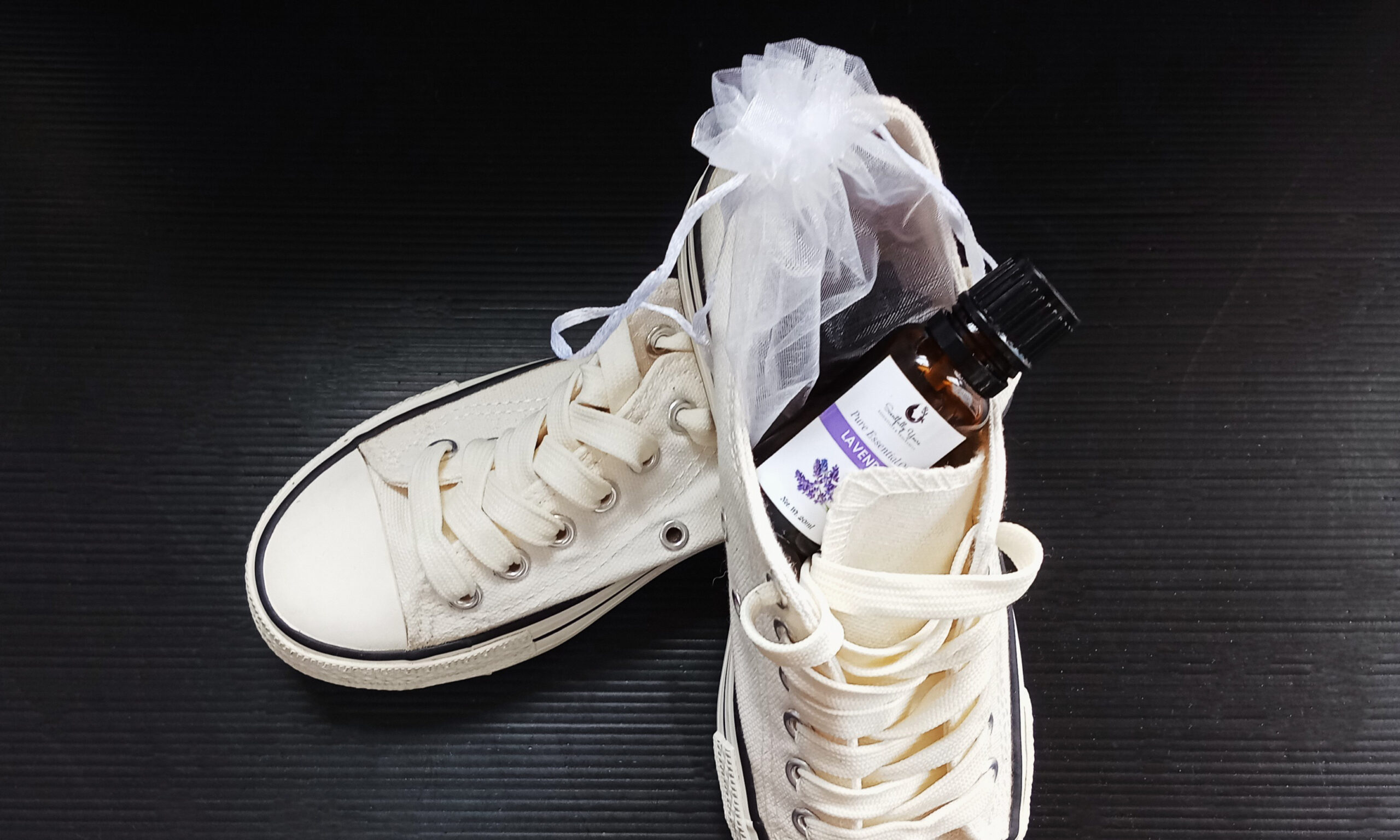
This shoe sachet may also be used in other areas of the house, such as drawers, closets, cabinets, or areas where molds and fungi are likely to thrive.
Let’s be real for a second.
That burning between your toes? The peeling skin? The smell?
That’s not something you want to “wait out” with a homemade pouch stuffed in your shoes.
Fungal infections spread fast. They dig under your toenails, creep between your toes, and crack your skin open, turning your feet into an open invitation for more bacteria. And if you don’t act quickly, it doesn’t just stay on your feet. It can infect your socks, your sheets, your entire home.
That’s why I never rely on DIY alone.
When I feel that familiar itch coming on, I reach for one thing: Usnea Tincture Spray.
It’s strong. It’s instant. And you don’t need to boil, blend, or wait.
I just spray it between the toes and over the nails, let it dry for a minute, and that’s it.
No stink. No slime. No fungus.
👉 Click here to grab the antifungal spray that actually works — and skip the shoe sachets for good.
Because Killing the Fungus Isn’t Enough — Your Skin Still Needs to Heal
You know what nobody tells you about fighting a fungal infection?
Your skin doesn’t just “go back to normal” after.
Even once the itching’s gone, the damage is still there — cracks, raw patches, fragile spots that feel like they could tear open if you so much as take the wrong step.
That’s why I never stop at just killing the fungus. I always seal the deal with something that actually helps my skin recover.
There’s one balm I keep on hand that does it all — and it’s packed with the kind of ingredients you’d never find in a store-bought cream:
🌼 Yarrow to knit damaged tissue together…
🌿 Plantain and Calendula to pull out impurities and cool down angry skin…
🌸 Lavender for its antifungal power and a clean, calming scent that doesn’t reek of chemicals…
🌲 Balm of Gilead — which honestly feels like first aid straight from the forest…
It glides on like silk, protects like armor, and makes your feet feel human again.
👉 Click here to see what I use when my skin needs real healing — not just a quick patch-up.






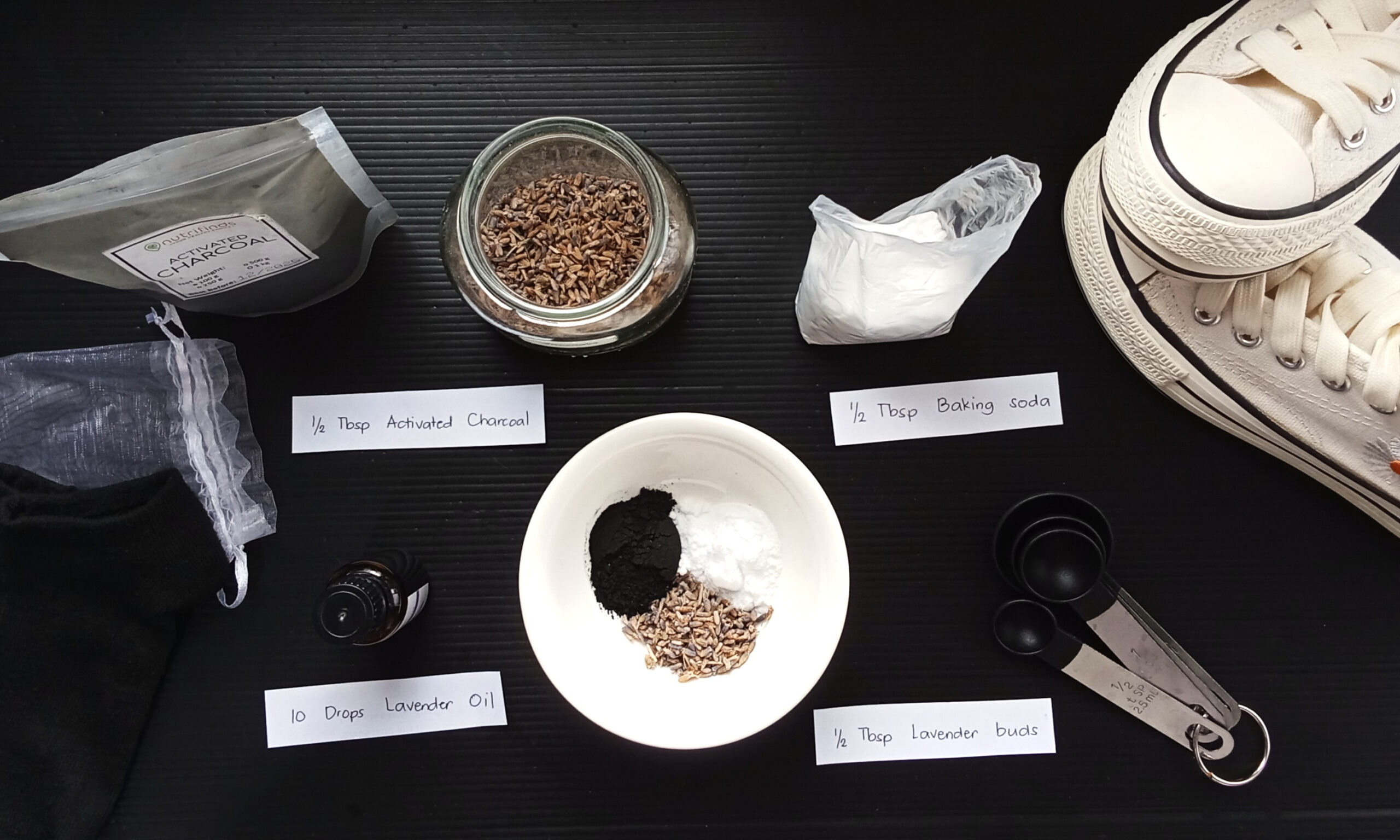
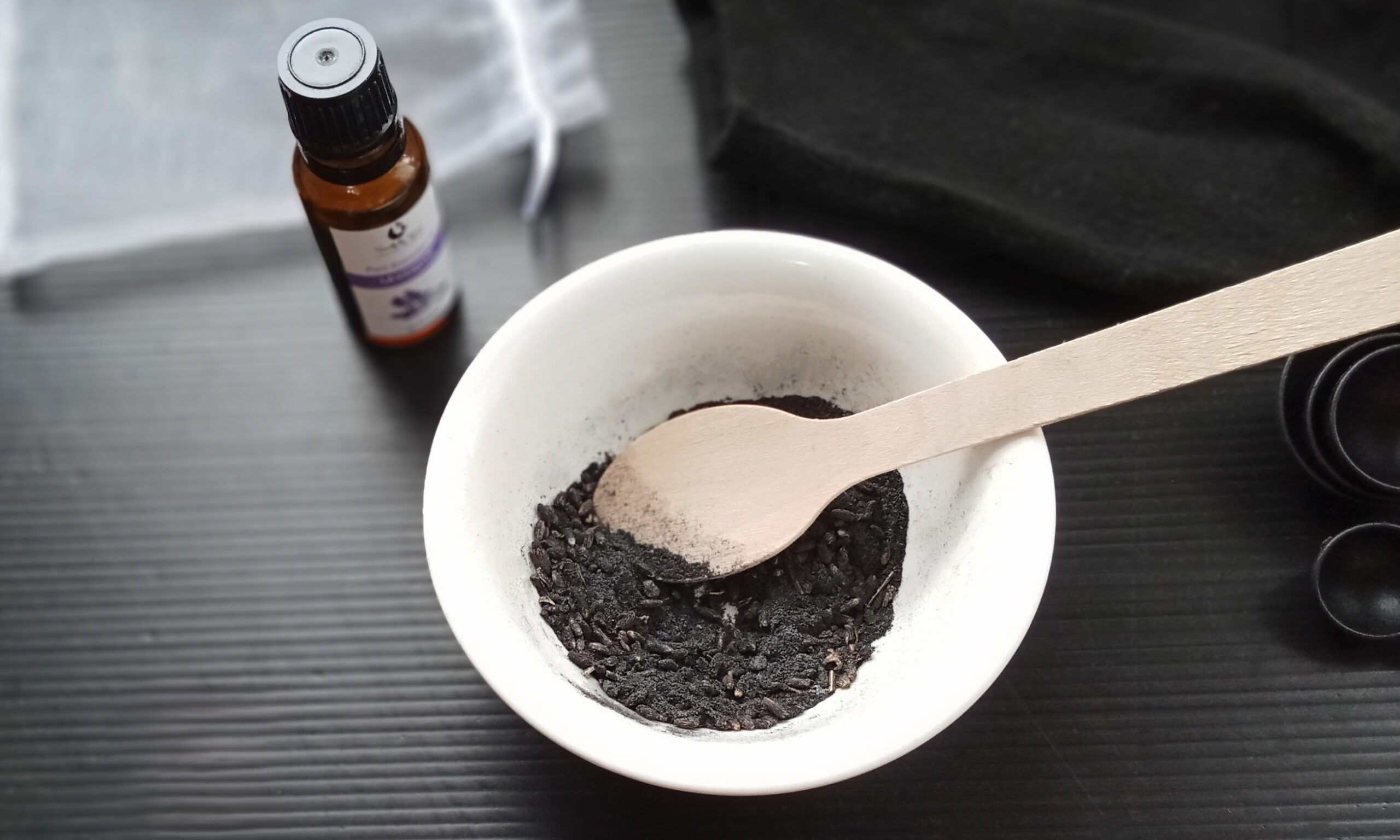
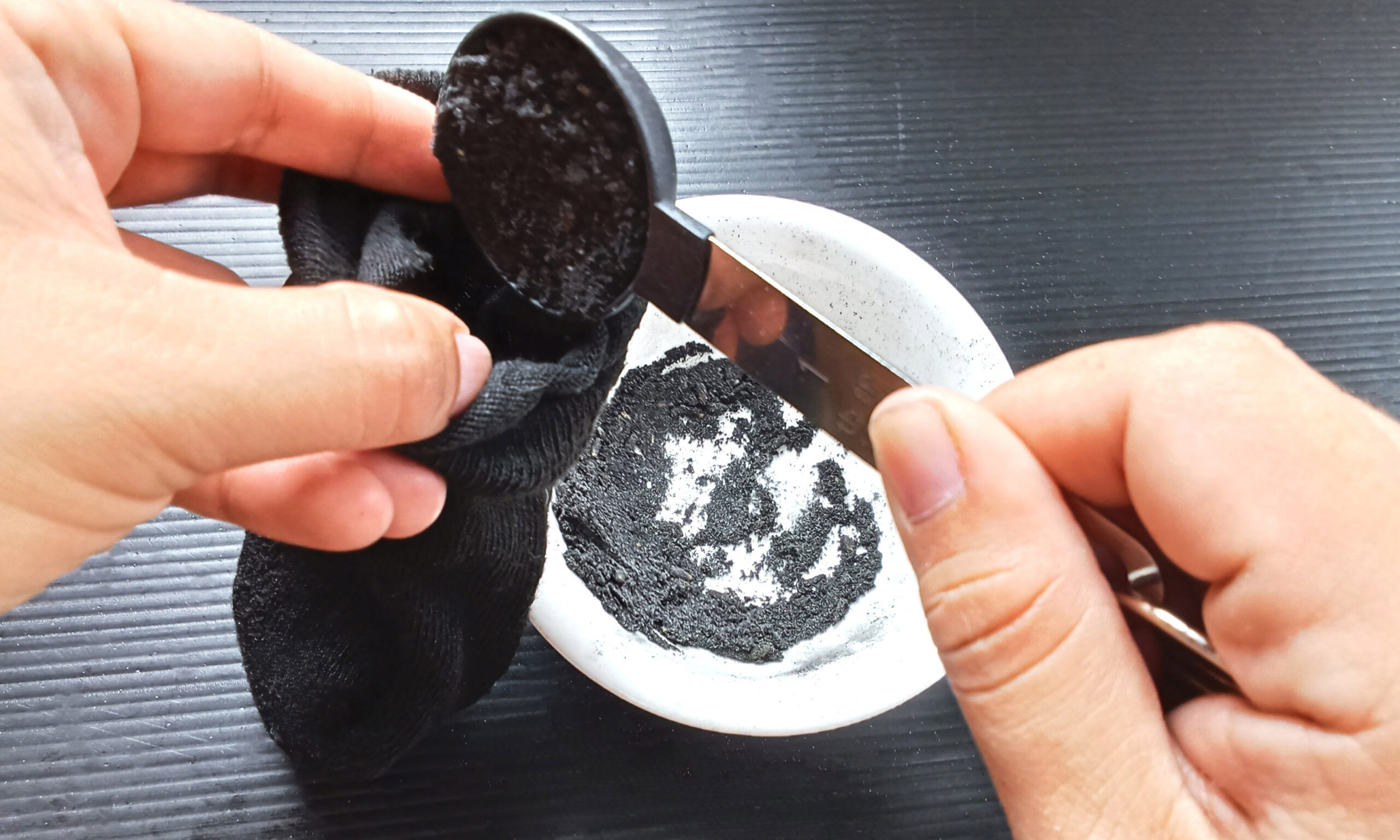

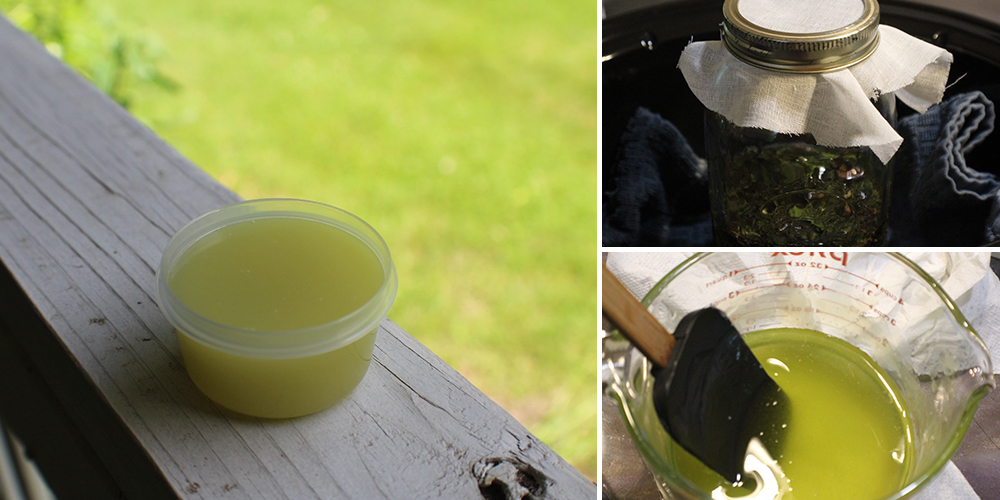
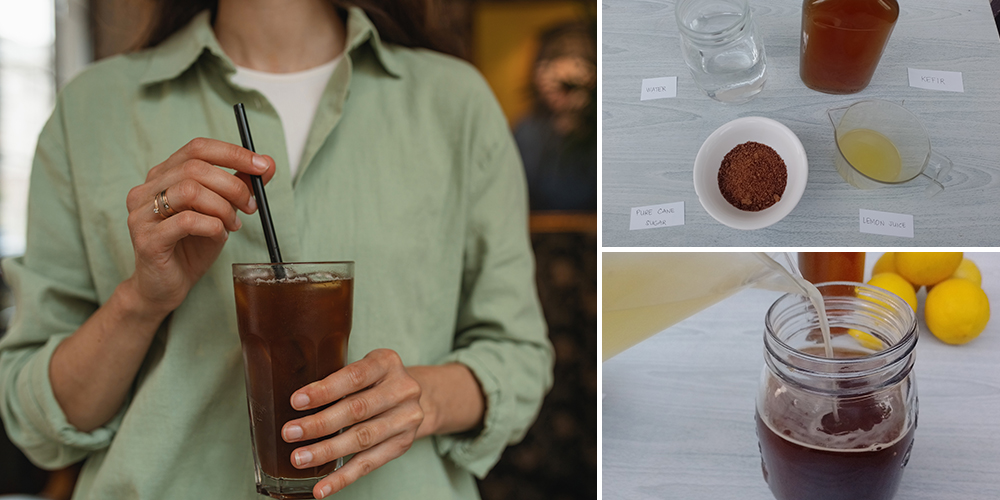
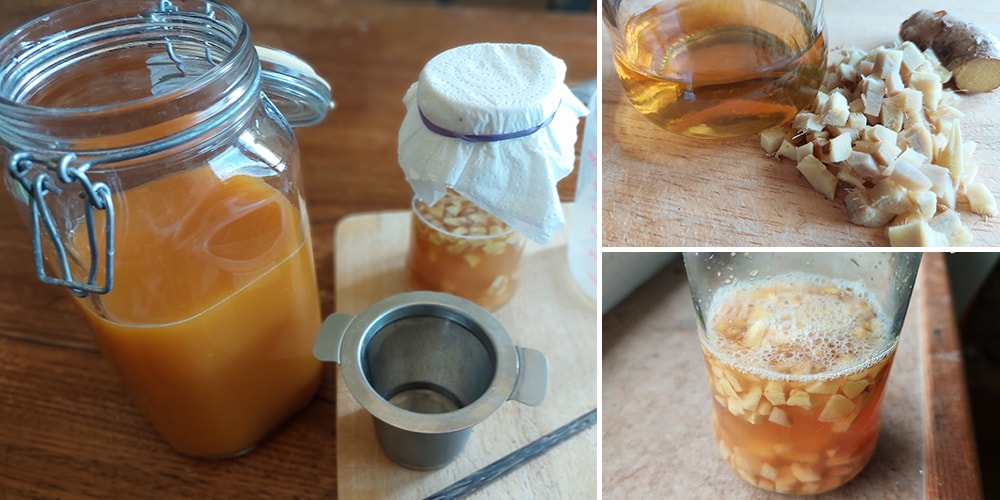
Fungal infections are extremely difficult to get rid of. I have it now for the 3rd time. Every time a doctor or med place tells me to take my shoes off, I catch a fungal infection. Being in socks do not stop it as a barrier. It goes right through socks. Since it is so common, it is everywhere and people cannot get rid of it. I usually fight it like crazy for over a year before I can shake it off. It ruins my life for over a year. Don’t take your shoes off in public places. Don’t let a doctor tell you to take your shoes off. That is how you get it. Doctors have nothing that works to get rid of it. Nothing else works either. It is wicked. Be careful of locker rooms, med. facilities and karate dojos.
Please I have a big problem with my toe nails . It started with one attack and now it’s on all of them and It’s really bad. I don’t even walk on the beach without running shoes anymore and I am embarrassed because it does look good at all. Please can you help me? Desire
Lugols iodine kills toenail fungus dead. Cut your toenails as short as possible and then dip a cotton bud, preferably one will a pointed tip in the iodine and put it under the nail and in contact with the skin. I did this every couple of days after a shower and my fungus was gone in @ a month.